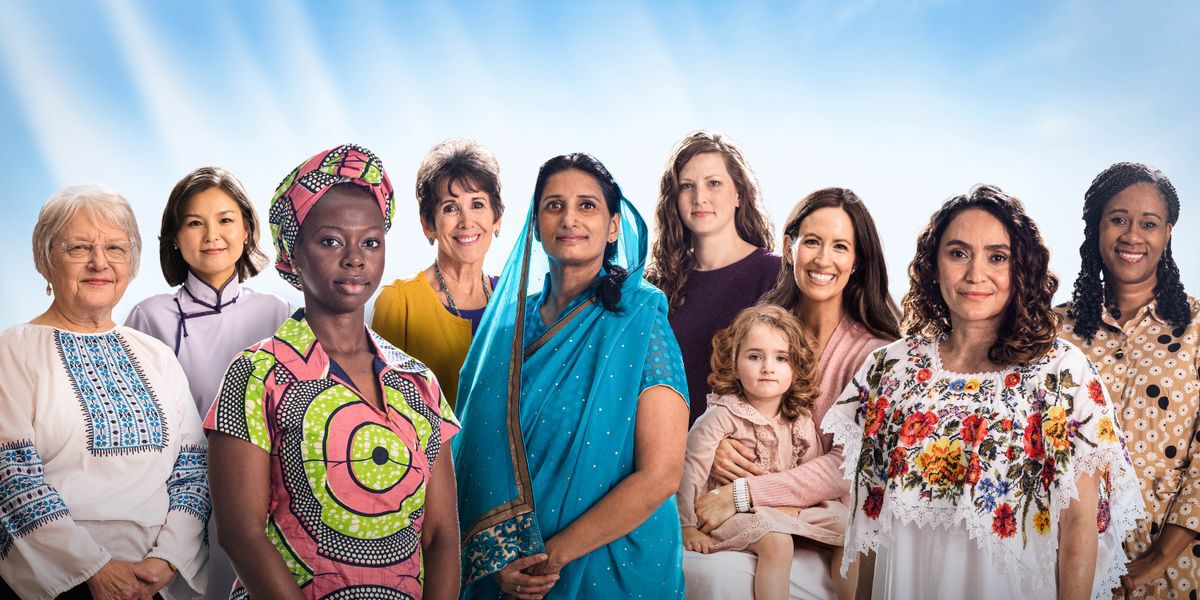According to a revealing new report from the World Bank Group, no country provides equal opportunities to women, not even the richest economies. Reference Photo.
Around the world, the gender gap at work is much wider than previously thought, according to a revealing new report from the World Bank Group. When legal differences related to violence and child care are taken into account, women enjoy less than two-thirds of the rights that men have. No country provides equal opportunities to women, not even the richest economies.
The latest edition of the report Women, business and the law offers a comprehensive overview of the obstacles women face in entering the global workforce and contributing to greater prosperity for themselves, their families, and their communities. This document expands the scope of the analysis by adding two indicators that can be crucial in expanding or restricting women’s options: safety from violence and access to child care services. When these measurements are included, women are covered, on average, by only 64% of the legal protections available to men, much lower than the previous estimate of 77%.
The gender gap is even wider in practice. For the first time, the report assesses the gap between legal reforms and actual outcomes for women in 190 economies. The analysis reveals an alarming gap in implementation. Although under current laws women theoretically enjoy approximately two-thirds of the rights of men, countries have, on average, established less than 40% of the systems necessary for their full implementation. For example, 98 economies have enacted laws requiring women to receive equal pay for work of equal value. However, only 35 of them – less than one in five – have adopted transparency measures or compliance mechanisms to address the pay gap.
For the implementation of equal opportunity laws to be effective, there must be an adequate supporting framework, including strong compliance mechanisms, a system to monitor gender-related pay disparities, and health services for women who They survive situations of violence.
“Women have the power to give a strong boost to the faltering global economy,” she said. Indermit Gill, Chief Economist and Senior Vice President for Development Economics at the World Bank Group. “However, around the world, discriminatory laws and practices prevent them from working or starting businesses on equal terms with men. Closing this gap could increase global gross domestic product by more than 20%—essentially doubling the global growth rate over the next decade—but reforms in this area have slowed markedly. In the report Women, business and the law 2024, the measures that governments can adopt to accelerate progress towards gender equality in business and the law are identified.”
The implementation gap highlights how much work remains, even for countries that have instituted equal opportunity laws. Togo, for example, has stood out among sub-Saharan economies, having enacted regulations that grant women approximately 77% of the rights available to men, more than any other country on the continent. However, it has so far established only 27% of the systems needed for full implementation. This proportion is typical in sub-Saharan African economies.
In 2023, various governments were aggressive in their progress in three categories of legal reforms related to equal opportunities: remuneration, parental rights and protection at work. Still, almost all countries performed poorly in the two categories that were first analyzed: access to child care and women’s safety.
The gaps are greatest in the area of safety, where the global average score is just 36. This means that women are covered by just one third of the legal protections they need against domestic violence, sexual harassment, marriage children and femicides. While 151 economies have laws prohibiting sexual harassment in the workplace, only 39 prohibit it in public spaces. This often prevents women from using public transportation to work.
Likewise, most countries scored low when it came to childcare standards. Women dedicate, on average, 2.4 hours a day more than men to unpaid care work, most of it dedicated to children. Expanding access to child care tends to increase women’s labor force participation by about 1 percentage point initially, and that effect more than doubles over five years. Currently, only 78 economies – less than half – provide some form of financial or tax support to parents with young children. Only 62 – less than a third – have established quality standards for child care services, without which women may hesitate to go to work if they have children in their care.
Women also face significant obstacles in other areas. In relation to business activity, for example, only one in five economies requires the application of gender-responsive criteria in public procurement processes, meaning that women are largely excluded from an economic opportunity whose value is estimated at USD 10 billion a year. When it comes to compensation, women earn just 77 cents for every dollar men are paid. The difference in rights extends until retirement. In 62 economies, the retirement age is not the same for men and women. They tend to live longer, but because they receive lower pay when they work, leave the workforce for a time when they have children and retire earlier, they end up with lower retirement benefits and greater financial insecurity in old age.
“It is more urgent than ever to accelerate efforts to reform laws and enact public policies that empower women so they can work, create businesses and make them grow,” he said. Tea Trumbic, lead author of the report.
“Today, barely half of women participate in the global workforce, while for men, the proportion reaches almost three in four. This is not only unfair, it is wasteful. Increasing women’s economic participation is key to amplifying their voices and shaping decisions that directly affect them. “Countries simply cannot afford to leave half their population behind.”
#data #shows #huge #gender #gap #world #larger #expected
– 2024-05-01 02:22:46

:quality(85)/cloudfront-us-east-1.images.arcpublishing.com/infobae/IJ5INYD5YBHGXBGGHQOQT2BPKY.jpg)
